Sleep Quality: Terminology
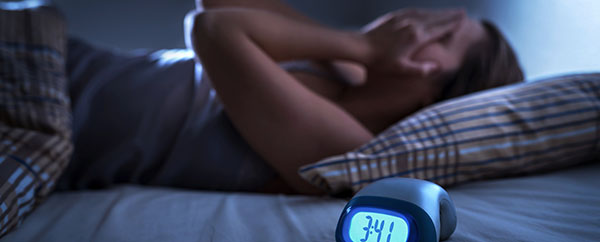
Before I start, it’s important to make it clear that I am absolutely no expert in the subject of sleep. I’ve done it all my life – all be it not very well – but like most of us my knowledge on the topic is based on a collection of generally misconceived titbits collected from YouTube videos and self help books. Then I met Dr Amy M. Bender and things changed…
Dr Amy M. Bender is Director of Clinical Sleep Science at Cerebra, a Canadian technology company that is transforming the future of sleep diagnosis and therapy, uniting innovators and researchers with the common goal and passion of putting “sleep” back into sleep medicine.
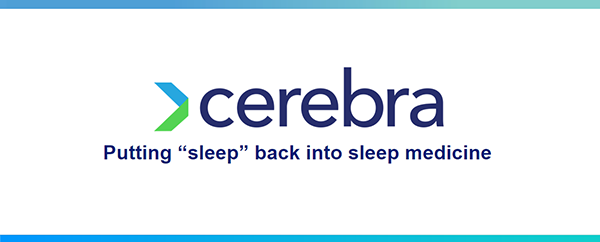
Dr Bender is herself a highly respected researcher with many written publications, interviews for stories in Oprah Magazine and public speaking appearances including Ted Med talk. She received her PhD and Master of Science degrees in Experimental Psychology from Washington State University specializing in sleep EEG.
Back in August 2021, I had the pleasure of chatting with Dr Bender when she was a guest on the Sports Therapy Association Podcast, a weekly podcast recorded live every Tuesday at 8pm (UK time) with the goal of helping soft tissue therapists evolve their practice by embracing an evidence informed approach.
Dr Bender discussed and answered questions on the role that Sleep Qualtity & Quantity play in Sport & Fitness. Watch on YouTube, listen on any Podcast App including Apple Podcasts and Spotify.
As someone who has struggled with sleep all my life, I am thrilled to soon be embarking on a 5 week sleep study using the ‘Cerebra Sleep System‘, an in-home, self applied polysomnogram (PSG) that provides the quality diagnostics of an in-lab study with the convenience of Home Sleep Apnea Testing.
You can read more about my 5 week sleep study here, but for now here is a summary of the most important points I picked up on during my interview with Dr Bender, which I hope will be of interest to you. Please note none of the points I make are ad verbatim, meaning they are my interpretation, not Dr Bender’s exact words.
Sleep Terminology
Everyone loves an acronym and when it comes to sleep science this is certainly no exception. The acronyms below (some of which may sound familiar to you) are to do with measurement of biopotentials, i.e. the electrical output of human activity:
- ECG/EKG: electrocardiogram
Determines heart activity by measuring signals from electrodes placed on the torso, arms and legs. - EEG: electroencephalogram
EEG electrodes uniformly attached to the forehead with the mastoid bone (behind the ears) used as a reference for monitoring brain activity. - EMG: electromyogram
Pairs of electrodes used on specific muscle and a separate location used as a reference for EMG measurements. - EOG: electrooculogram
Electrodes placed above, below and at the side of each eye to measure eye movement. (Measurement of the retina within the eyes produces another type of measurement called an electroretinogram or ERG.)
Wearable Sleep Trackers
The problem with acronyms, as we frequently mention on the Sports Therapy Association Podcast, is that they often give credence & weight to adverts & sales pitches, even if used erroneously. We see an acronym like those above in the advert for a wearable sleep tracker and assume that the data it collects while we sleep is therefore accurate and of use.
However, as Dr Bender points out in the episode, the reliability of mainstream sleep trackers is a bit shaky. Some studies show that they’re pretty good at estimating sleep duration but they generally have a very difficult time accurately measuring sleep stages. For that, an in-lab polysomnogram measuring brainwave activity is far superior.
Dr Bender did point out though that shop wearables are useful for starting the conversation about sleep and potentially implementing behavior change. In other words, if you’re wearing a device and it’s saying you’re getting five hours of sleep, it may motivate you to get more sleep versus if you weren’t wearing the device.
But as far as further interpretation of data collected goes, you may well be getting incorrect information and missing out on more evidence informed strategies to monitor and improve sleep quality & quantity.
It is important to be critical of wearable devices – if you feel like you got a good night’s sleep, that may disagree with the data on your wearable. It has also been suggested that wearable devices can potentially cause ortho-somnia – the medical term for an unhealthy obsession with getting perfect sleep.
Sleep Stages
We have mentioned sleep stages a couple of times. This is an area where many of us have misconceived ideas. Let’s take a look.
Sleep stages are divided into two main categories:
- REM sleep
- Non-REM sleep
REM Sleep
REM is a term many of us will be familiar with (in no small part due to the American rock band from Athens, Georgia, formed in 1980 with lead vocalist Michael Stipe). It stands for Rapid Eye Movement, detected by electrical activity of the eyes. The REM sleep stage takes up about 25% of our night, although not all at the same time. We actually cycle through non-REM to REM in about 90 to 110 minutes.
In the beginning of the night, the REM periods may last only five minutes then you go into the deep (Non REM) sleep. As the night goes on, the REM periods increase in length, so in total REM sleep takes up about 25% of our sleep time across the night, mainly in the last half of the night. You can dream in any stage of sleep, but when you wake up from a dream in the REM stage (especially in 2nd half of night) that’s where you remember the dream.
Non-REM Sleep
Non-REM sleep is composed of three different stages:
- Non REM 1: the lightest stage of sleep, taking up about five percent of our sleep time across the night
- Non-REM 2: takes up about fifty percent of our sleep time across the night so it’s a very broad category
- Non-REM 3: the deepest stage of sleep – where growth hormone is being released – that’s where tissues are being repaired.
Interestingly, a lot of the deep sleep (Non-REM 3) occurs in the first half of the night whereas a lot of the REM sleep, as we mentioned above, occurs in the last half of the night. It’s as if the body is ensuring that just in case the night’s sleep is cut short, a chunk of time has been devoted to tissue repairing.
Sleep & Recovery
When you exercise, you have an increase in Non-REM 3 – the deepest stage of sleep where growth hormone is being released. If you need more recovery, you need more Non REM 3 stage for that growth hormone. There’s also a lot of memory benefits in that non-REM 3 stage, referred to as ‘pruning memory’ where you’re getting rid of memories you don’t need and also consolidating memories you do.
Unfortunately, scientists are still not sure how to specifically control the amount of non-REM 3 deep sleep we get. There are things we can do to improve overall sleep quantity & quality so the best thing we can do for now is just go for generally better quality and quantity of sleep.
Chronotypes
Ever had the feeling that you’re a Night Owl by design? I certainly am, even as a baby, so much so that they took me to see sleep specialists. If you’re an early bird, best stay out of my way in the mornings…
Chronotype is the natural inclination of your body to sleep at a certain time. It is also thought to have an influence on appetite and exercise, and how alert/sleepy you feel at certain periods of the day.
Chronotype is closely related to circadian rhythm, which controls your day-to-day sleep-wake cycle and releases melatonin in response to environmental cues such as light and temperature. The difference is, whilst your circadian rhythm can be ‘trained’ by modifying external stimuli, your underlying chronotype cannot.
Your chronotype may however shift throughout the course of your life. Most children have an early bird chronotype (I didn’t – I’m special). With adolescence, chronotype generally becomes progressively later (hence the image of the lazy teenager struggling to get up for school), showing a maximum in ‘lateness’ at around the age of 20 years old. From 20 onwards, chronotype becomes earlier again with increasing age.
Some studies (see Fischer et al. 2017 for details) have shown women to be earlier chronotypes than men for most of adulthood, with the difference disappearing after the age of 50. The majority of middle-aged adults seem to do best with a bedtime between 11 pm and 12 am, and a wake-up time between 7 am and 8 am. In older adulthood, our chronotype shifts even earlier.
There is much evidence emerging that chronotype has a strong genetic component. Some researchers suggest that the variation in chronotype might have been a survival technique that evolved in hunter-gatherers. The theory is that by taking turns sleeping, there would always be someone awake to keep watch. (I like this theory – I keep the planet safe at night).
For extreme early birds and night owls, finding a schedule that matches one’s chronotype could well be the difference between happiness and perpetual sleep-wake disorder. For those who must adhere to a routine that does not match their chronotype, melatonin supplements, light therapy, or careful attention to sleep hygiene habits may help shift circadian rhythm to reduce insomnia (see my soon to be published ‘Sleep Part 2’ for more on this).
How Do I Find My Chronotype
For research purposes, scientists have developed several questionnaires that categorize subjects by morningness versus eveningness tendencies. Two of the most popular questionnaires19 are:
- The Morning-Eveningness Questionnaire (MEQ)
- The Munich ChronoType Questionnaire (MCTQ).
Both of the above are available in online versions. Whilst the MEQ asking questions that encompass a range of activities such as meal and exercise times, the MCTQ focuses on actual wake and sleep times.
One of the most popular online quizzes is one made by Dr. Michael Breus, who describes four kinds of chronotypes based on sleep-wake patterns seen in animals. Answering his online chronotype quiz will tell you whether you are more of a bear, wolf, lion, or dolphin.
As far as pushing people into a handful of categories goes, I am always wary (that’s how the myth of overpronation started!) so whist these ‘animal types’ may give a general idea of one’s ideal schedule, there will always be variations from person to person. But as is the case for the wearables, if it gets a conversation about sleep started then maybe no harm done, maybe…
- Lion: equivalent to the ‘early bird’. These individuals wake up early and are most productive in the morning, but may have more trouble following a social schedule in the evenings.
- Bear: makes up about 55% of the population. People with this intermediate chronotype tend to follow the sun. They do well with traditional office hours but also have no problem maintaining a social life in the evenings.
- Wolf: equivalent to the ‘night owl’, and is believed to make up approximately 15% of the population.
- Dolphin: based on the ability of real dolphins to stay alert even while sleeping. Human ‘dolphins’ are best described as insomniacs. (According to Dr Breus’ quiz, I am a Dolphin).
How Do I Beat My Chronotype?
Thanks for reading as far as here! I hope you found the content useful!
Truth is, you are stuck with your Chronotype, although it does typically change as you go through the various stages of life. What we can do is ‘train’ our circadian rhythms to overcome the restrictions of our natural chronotype, including melatonin supplements, light therapy, attention to sleep hygiene habits and more. For details on this, be sure to join us throughout this April on the Sports Therapy Association Podcast as we are dedicating the month’s episodes to SLEEP.
We have a very special guest for you every tuesday night at 8pm (UK time) so if you are interested in sleep research then go to the Sports Therapy Association YouTube Channel and subscribe (it’s free), then click on the ‘receive notifications’ button. That way you wil receive a notification when each live video show has been booked and a reminder before it starts.
If you know you can’t make Tuesday nights at 8pm, search for the Sports Therapy Association Podcast on your preferred podcast app and subscribe to receive notifications of when the recording has been uploaded!
In the meantime, if you have any questions or feedback do please feel free to email me: matt@runcatlive.com.
Related Posts
Sleep Awareness Month: STA Podcast
April on the Sports Therapy Association Podcast is ‘SLEEP AWARENESS MONTH’. Join us on our YouTube channel every Tuesday at 8pm (GMT+1) for LIVE video interviews with internationally acclaimed experts from the world of Sleep Research.
Ready For The Sleep Study Results?
My five week sleep study using Cerebra’s In Home Polysomnogram Sleep System is now over. Read on for details of how to hear the results!
5 Week Cerebra Sleep Study
Familiar with the word ‘polysomnography‘? How about ‘electroencephalography‘? Join me as I embark on a five week sleep study using ‘Cerebra Sleep System’ technology developed by Cerebra, a Canadian company transforming the future of sleep diagnosis and therapy. Thanks to self–applied, polysomnography (PSG) in the comfort of my own home, I’ll be seeing how removing caffeine from my diet affects my sleep quantity & quality.
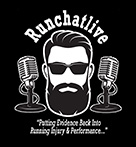
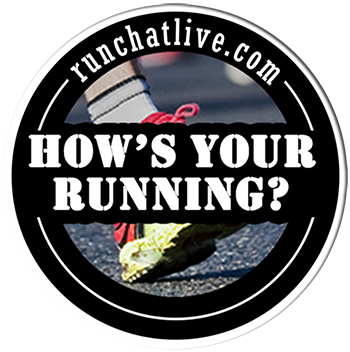
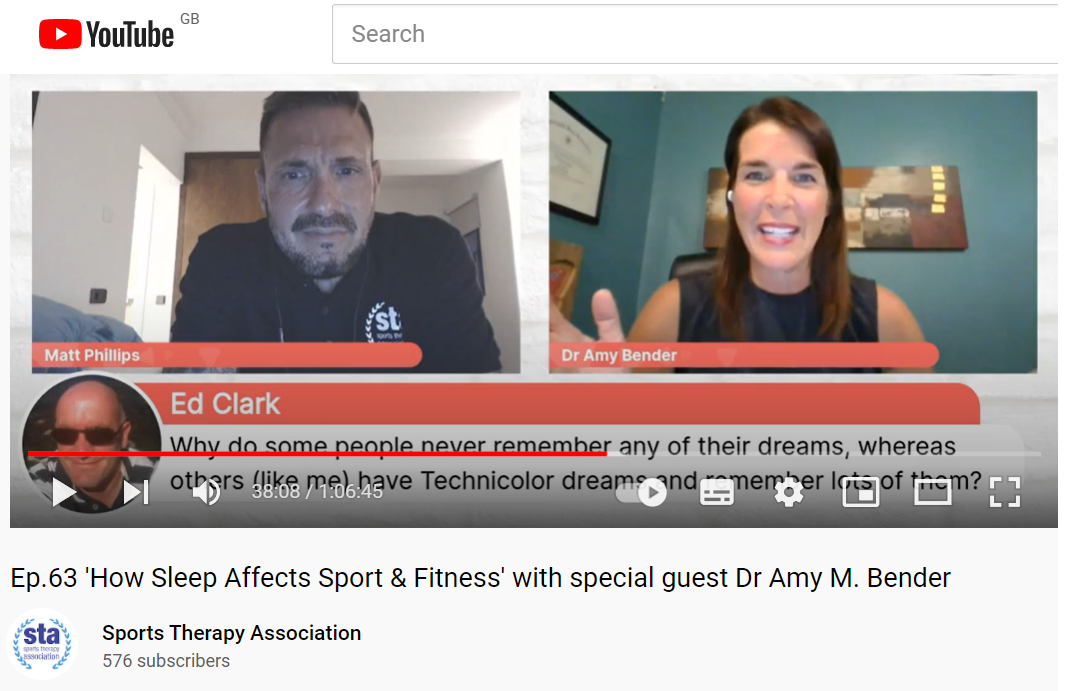
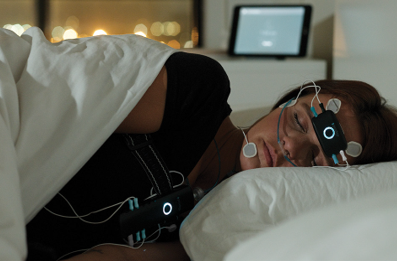
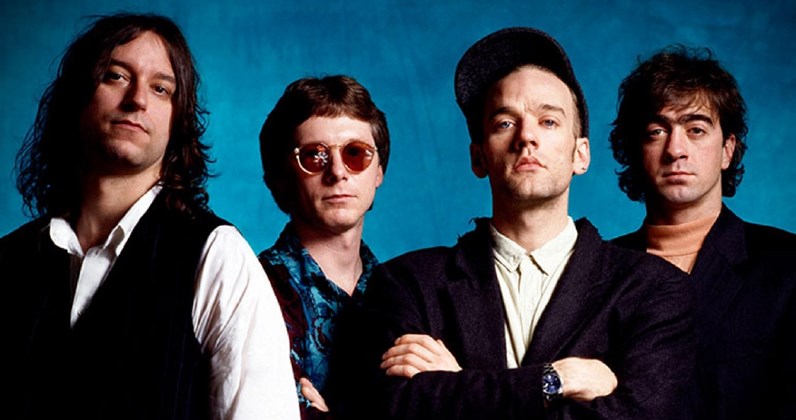
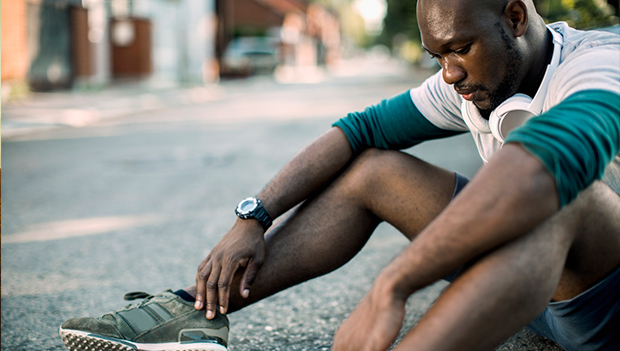
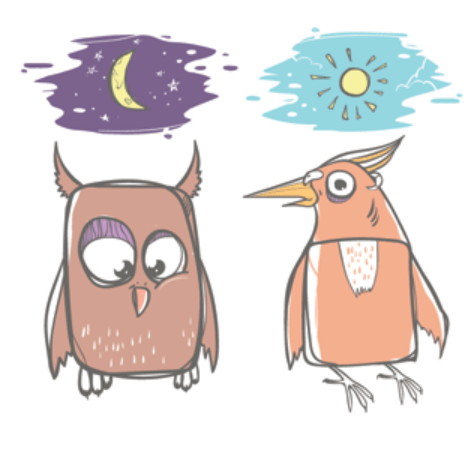
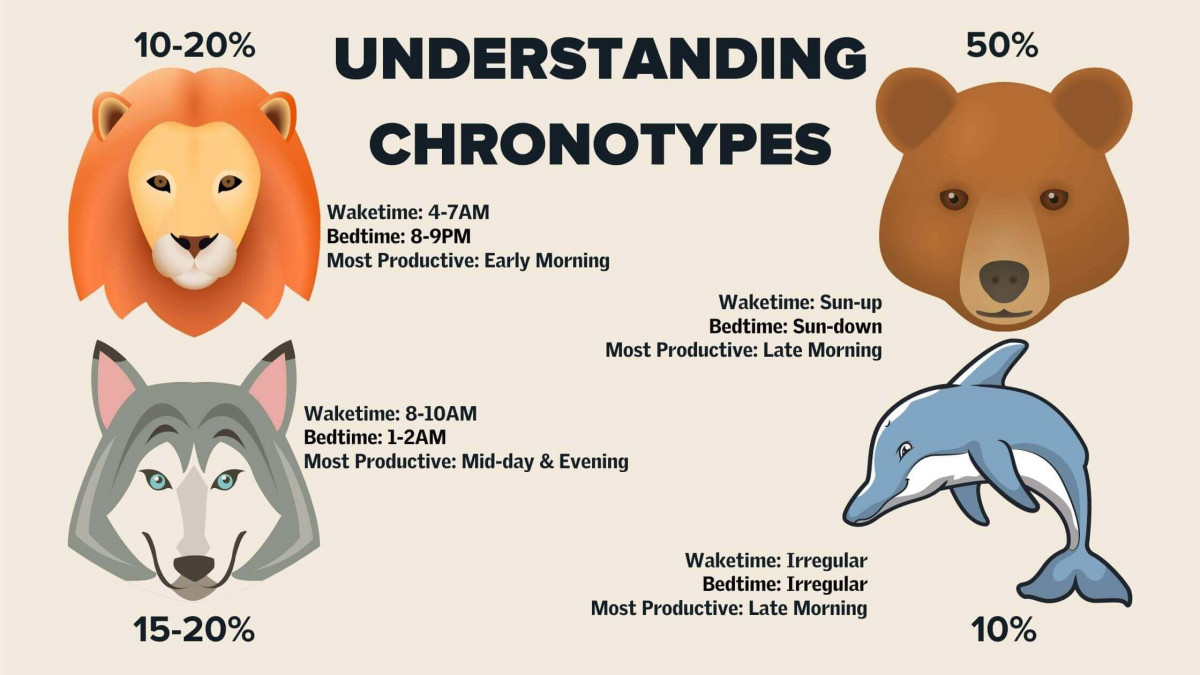
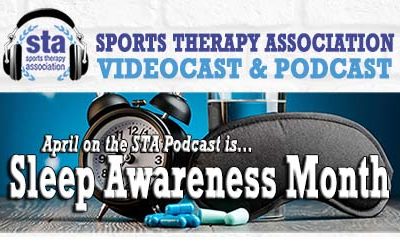
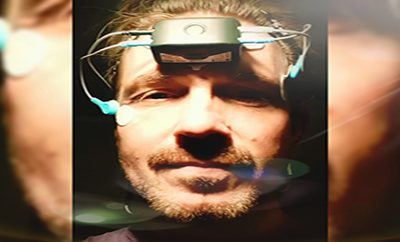
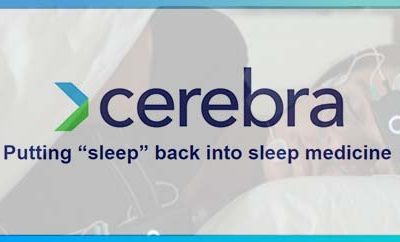
0 Comments
Trackbacks/Pingbacks